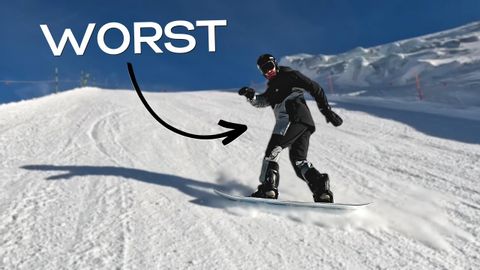單板滑雪轉彎練習(由差到好排名) (Snowboard Turn Exercises (RANKED WORST TO BEST))
niniba 發佈於 2024 年 08 月 30 日  沒有此條件下的單字
沒有此條件下的單字- v.t./i.棒;黏貼,張貼;堅持;伸出;忍受
- n. (c.)棍棒,棍枝,枝條
US /ˈprɑːpərli/
・
UK /ˈprɔpəlɪ/
US /dɪˈskrɪpʃən/
・
UK /dɪˈskrɪpʃn/
US /ˈɪnstəns/
・
UK /'ɪnstəns/
- n. (c./u.)例證;實例;事件;實例 (電腦)
- v.t.例
- phr.應…的要求
